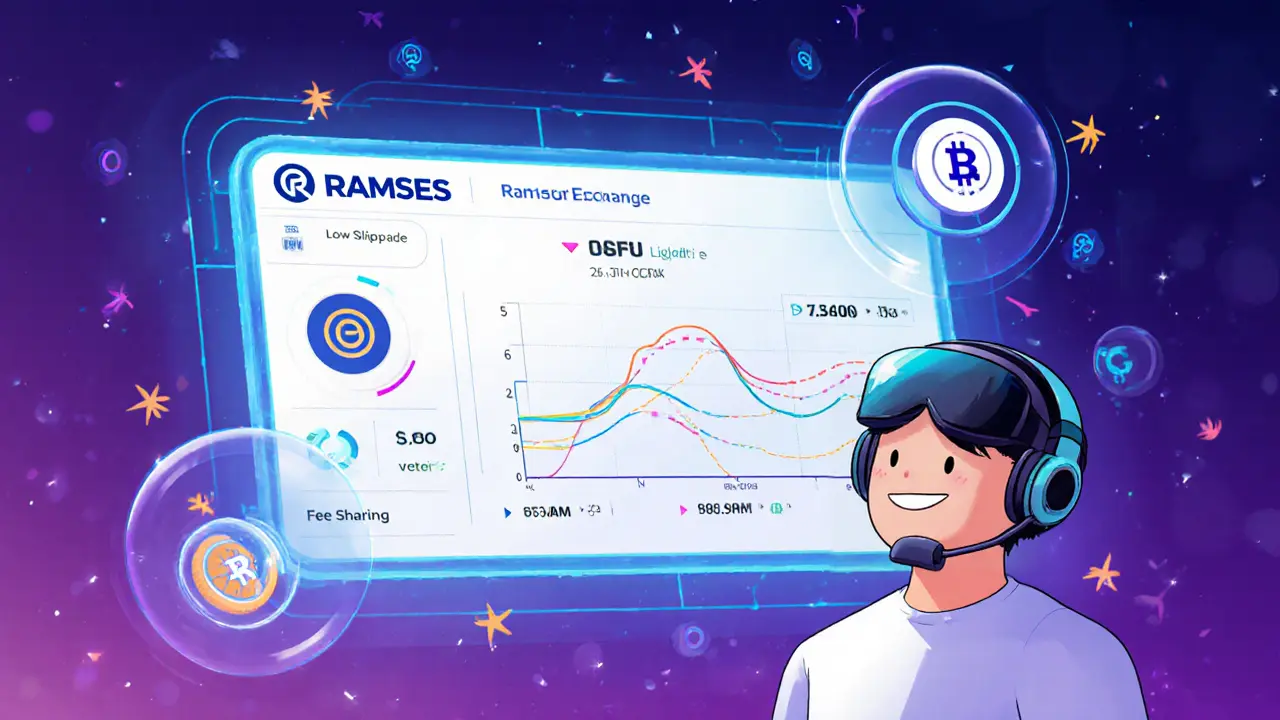In-depth Ramses exchange review covering tech, tokenomics, multi-chain rollout, user guide, pros/cons, and FAQs for crypto traders.
ve(3): How Vote‑Escrow Token Locking Shapes DeFi Liquidity
When working with ve(3), a vote‑escrow model that locks tokens for a set period to boost voting power and reward shares. Also known as vote‑escrow, it creates a time‑weighted stake that influences protocol governance and liquidity incentives. Related concepts include liquidity gauge, a mechanism that allocates rewards based on locked vote‑escrow balances, and DeFi, the broader ecosystem where these models live. In short, ve(3) encompasses vote‑escrow locking, vote‑escrow requires token staking, and liquidity gauge influences reward distribution.
Key Attributes and Real‑World Effects
ve(3) works by letting users lock a native token for anywhere from weeks to years. The longer the lock, the higher the multiplier on voting power, which in turn raises a user’s share of protocol fees distributed through the liquidity gauge. This time‑weighted power creates a direct link between commitment and earnings, encouraging long‑term holding instead of quick flips. Because the gauge ties rewards to ve(3) balances, protocols can steer capital toward preferred pools—single‑sided or dual‑sided liquidity—while also shaping tokenomics for new airdrops. For example, a DeFi platform may announce an airdrop that only participants with a minimum ve(3) score can claim, turning the lock‑up model into a gatekeeper for future incentives. The model also reduces impermanent loss risk for liquidity providers, since locked voting tokens often come with fee rebates or boosted yields. In practice, projects like Curve, Convex, and emerging “ve(3)”‑style tokens adopt this structure to align governance with economic rewards, making token locking a core strategy for sustainable growth.
Below you’ll find a curated set of articles that dive deeper into each piece of this puzzle. From technical breakdowns of blockchain immutability to step‑by‑step airdrop guides, from single‑sided vs dual‑sided liquidity debates to reviews of top exchanges, the collection covers everything you need to master ve(3) concepts and apply them in real‑world DeFi scenarios. Explore how vote‑escrow impacts token utility, how liquidity gauges drive reward distribution, and how you can leverage these tools for better staking, trading, and airdrop eligibility. Ready to see how ve(3) fits into the larger crypto landscape? The posts that follow will give you practical insights and actionable tips.

